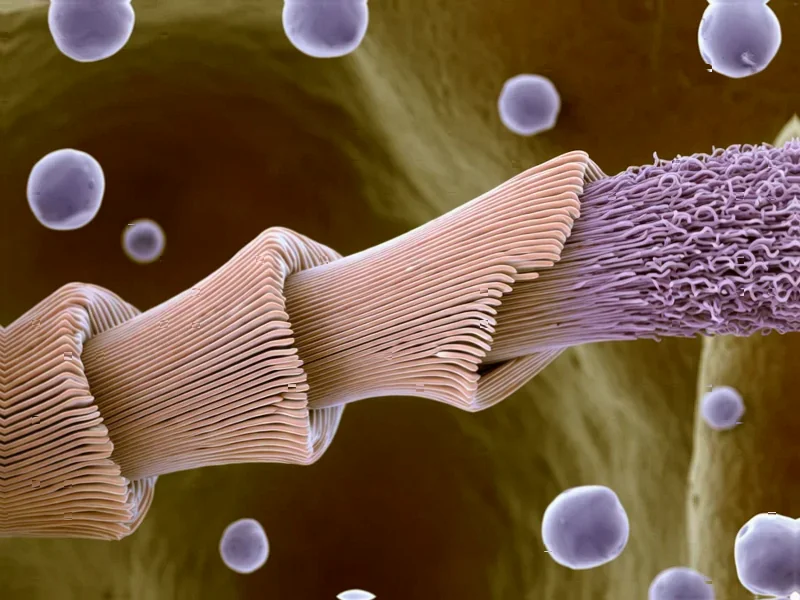Cutting-edge research reveals deep neural networks are developing representations that closely mirror human brain activity. Multiple studies demonstrate this alignment spans visual perception, language processing, and conceptual understanding, suggesting these models capture fundamental aspects of biological intelligence.
Neural Networks Mirror Biological Intelligence
Recent studies in cognitive computational neuroscience indicate that deep neural networks are developing representations that increasingly align with human brain activity, according to reports in Nature Machine Intelligence. Over the past decade, these computational models have transformed research at the intersection of cognitive science, computational neuroscience, and artificial intelligence, with sources suggesting they achieve unprecedented predictive accuracy compared to traditional modeling approaches.









